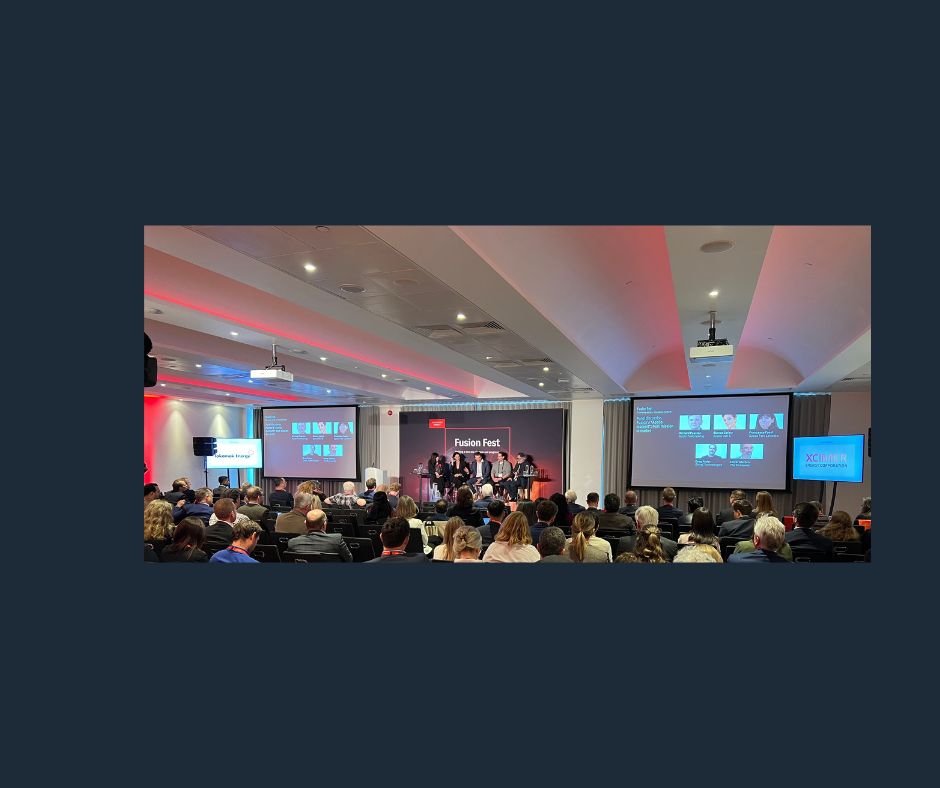Insights from Fusion Fest 2025

Mach42 colleagues recently attended Fusion Fest, an Economist Impact event bringing together academia, national laboratories, policy makers and startups to learn about the state of the art in nuclear fusion development. Attended by over 500 delegates, it provided a forum for discussion and opinions to be shared by world leaders in this field.
The day kicked off with the exciting news that Lawrence Livermore National Laboratory (LLNL) successfully achieved its eighth ignition event – a fusion reaction that produced more energy than it consumed. In parallel with this exciting news, Kimberly Budil, director of LLNL highlighted the challenges associated with scaling that ignition event, and the need to refurbish LLNL infrastructure to make that happen. However, Budil reaffirmed the lab’s commitment to the inertial fusion energy (IFE) path.
This was followed up by presentations and panel discussions on the challenges associated with building practical fusion energy systems as well as the supply chain, infrastructure and policies needed to deliver it to distribution grids.
Mach42 participated in an IOP-hosted roundtable discussion on “challenges and opportunities for AI to help deliver fusion energy”. The conversation brought together 25 participants from academia, industry, UKAEA and STFC. The roundtable was set in context against two recent reports from the IOP and the Clean Air Task Force focusing on areas of crossover between physics (specifically the physics of nuclear fusion) and AI. The roundtable focused on the grand challenges highlighted in the reports, as well as the latest advances in machine learning. Availability and sovereignty of training data, collaboration opportunities, specific problems associated with IFE, and AI solutions for some of the supply chain and logistics problems highlighted in the main conference prompted lively discussion.
Back in the plenary sessions, the discussion ranged over policy, at both global and national level with updates from ITER, UKAEA, the UK government as well as the crossover with defence considerations.
The hyperscalers were well represented at the conference with the Google advanced nuclear energy R&D (NERD) group as well as Microsoft Research discussing primary IFE development alongside the creation of physics-informed neural networks.
As a spinout from Oxford University’s Department of Physics, Mach42 is well placed to contribute to the advancement of nuclear fusion. We sit in a supportive national policy framework, are well-connected with the large research institutions driving the development of core science and engineering, and the tools and techniques we have developed as part of the Discovery Platform™ are precisely at the intersection of advanced physics and artificial intelligence that will enable the next generation of innovation in inertial fusion energy.
